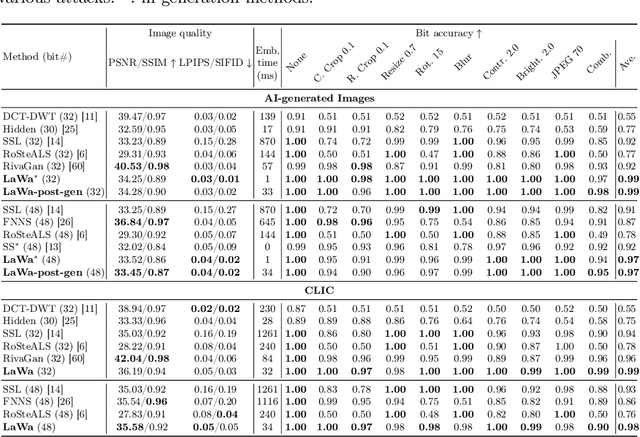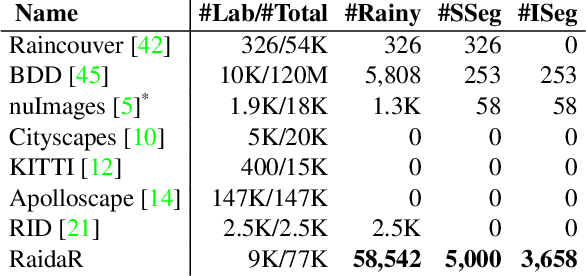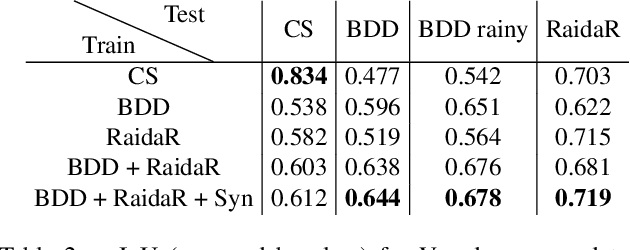Arezou Fatemi
LaWa: Using Latent Space for In-Generation Image Watermarking
Aug 11, 2024



Abstract:With generative models producing high quality images that are indistinguishable from real ones, there is growing concern regarding the malicious usage of AI-generated images. Imperceptible image watermarking is one viable solution towards such concerns. Prior watermarking methods map the image to a latent space for adding the watermark. Moreover, Latent Diffusion Models (LDM) generate the image in the latent space of a pre-trained autoencoder. We argue that this latent space can be used to integrate watermarking into the generation process. To this end, we present LaWa, an in-generation image watermarking method designed for LDMs. By using coarse-to-fine watermark embedding modules, LaWa modifies the latent space of pre-trained autoencoders and achieves high robustness against a wide range of image transformations while preserving perceptual quality of the image. We show that LaWa can also be used as a general image watermarking method. Through extensive experiments, we demonstrate that LaWa outperforms previous works in perceptual quality, robustness against attacks, and computational complexity, while having very low false positive rate. Code is available here.
RaidaR: A Rich Annotated Image Dataset of Rainy Street Scenes
Apr 09, 2021



Abstract:We introduce RaidaR, a rich annotated image dataset of rainy street scenes, to support autonomous driving research. The new dataset contains the largest number of rainy images (58,542) to date, 5,000 of which provide semantic segmentations and 3,658 provide object instance segmentations. The RaidaR images cover a wide range of realistic rain-induced artifacts, including fog, droplets, and road reflections, which can effectively augment existing street scene datasets to improve data-driven machine perception during rainy weather. To facilitate efficient annotation of a large volume of images, we develop a semi-automatic scheme combining manual segmentation and an automated processing akin to cross validation, resulting in 10-20 fold reduction on annotation time. We demonstrate the utility of our new dataset by showing how data augmentation with RaidaR can elevate the accuracy of existing segmentation algorithms. We also present a novel unpaired image-to-image translation algorithm for adding/removing rain artifacts, which directly benefits from RaidaR.
 Add to Chrome
Add to Chrome Add to Firefox
Add to Firefox Add to Edge
Add to Edge